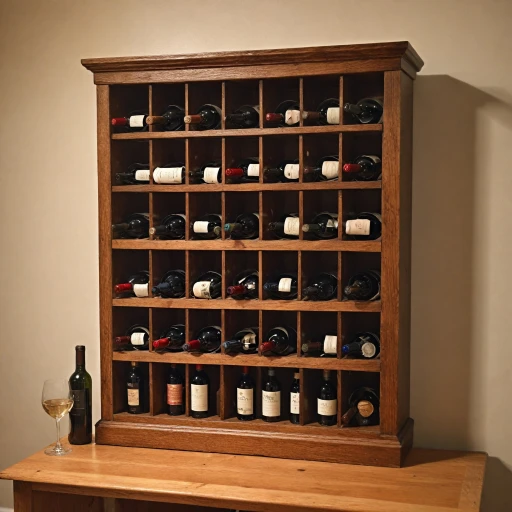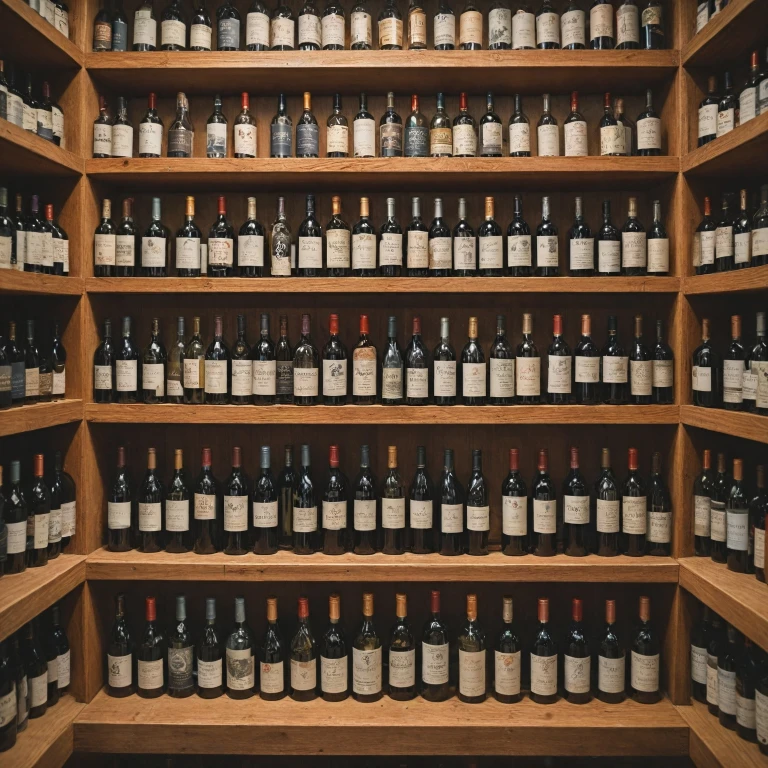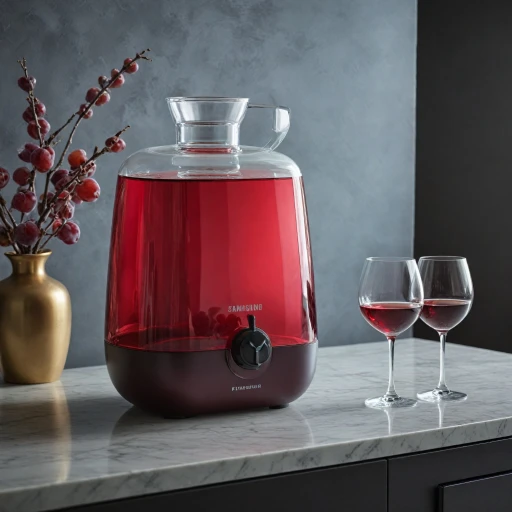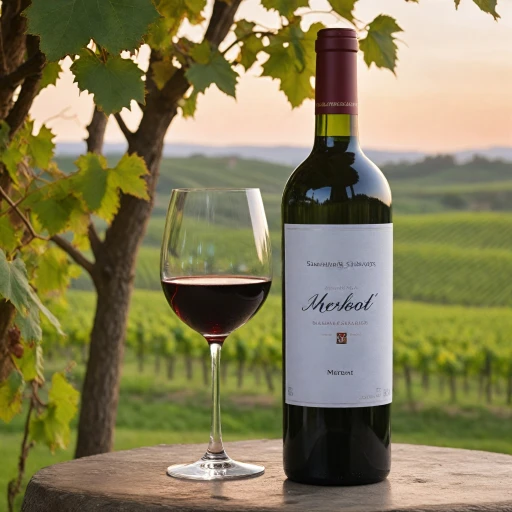
The Importance of Wine Labels
Why Paying Attention to Wine Labels Matters
Wine labels, though often overlooked, are your trusty sidekick when it comes to selecting the perfect bottle for any occasion. Whether you're toasting at a wedding, welcoming a new baby, or just enjoying a quiet dinner at home, understanding these labels can transform your wine experience. These are not just mere stickers slapped onto bottles; they are tiny stories filled with hints about the wine’s pedigree. Each wine bottle carries labels that detail the grapes’ origin, the vintage year, and insights about the estate where it was bottled. For those who wish for a personalized flair, custom wine labels add a personal touch, marking celebrations like weddings or baby showers with style. Wine labels also give a nod to legal stuff. Honest labeling isn't just about style; it's the law. In regions like the United States, wine labels must adhere to strict regulations ensuring the information about origin and appellation is accurate. Savvy producers know a beautiful bottle can make a difference. With strategic label design, wines stand out on the shelf, promising quality and curating consumer attention. However, beware of misconceptions. A fancy label doesn't always guarantee a great wine, but it’s a helpful guide if you know what elements to spot. Overall, wine labels are the compass guiding you through the viticultural area’s offerings. For more insights and a peek at standout wines, check out this exploration of Shiloh's Secret Reserve Merlot.Decoding the Elements of a Wine Label
Breaking Down the Key Components
Understanding a wine label is crucial for selecting the right bottle, as it provides essential information about the wine's origin, quality, and characteristics. Here's how to decode the elements of a wine label effectively:
- Appellation of Origin: This indicates the specific region where the grapes were grown. The appellation can significantly impact the wine's flavor profile and quality. In the United States, an appellation might refer to a broader area or a specific viticultural area.
- Vintage: The vintage year on a wine bottle tells you the year the grapes were harvested. This is important as it can affect the taste and price of the wine, with some vintages being more desirable due to favorable weather conditions during that year.
- Estate Bottled: If a wine is labeled as 'estate bottled,' it means that the wine was produced and bottled at the same location where the grapes were grown. This often implies a higher level of quality and control over the production process.
- Grape Variety: The type of grape used can be a major factor in the wine's taste. Labels will often specify whether the wine is made from a single grape variety or a blend of several.
- Alcohol Content: This is usually expressed as a percentage and can give you an idea of the wine's body and potential impact.
- Producer Information: Knowing who made the wine can be helpful, especially if you have a preference for certain wineries or producers known for their quality wines.
By understanding these elements, you can make more informed choices when selecting a wine for a special occasion, such as a wedding or a baby shower, or simply for personal enjoyment. Keep in mind that while labels can provide a wealth of information, they can also be designed to appeal to consumers, adding a marketing layer to the wine's presentation.
The Role of Wine Labels in Marketing
More Than Just Information: How Labels Influence Buying Decisions
Wine labels do more than just show information; they can actually shape your first impressions about a bottle’s quality and appeal. Marketers know this, which is why so much effort is put into the design of a wine label. From a sophisticated wine label with an understated elegance, to a bold, colorful label designed to catch the eye, the aesthetics play a significant role in making a bottle stand out on the shelf among a sea of competing options. When you’re browsing wine bottles, it’s often the label that first draws your attention. Beyond the basics, such as vintage and appellation origin, the design and imagery create an invitation to explore what’s inside. A wedding wine might boast a chic label design—elegant fonts and subtle colors enriching the special occasion—while a custom wine might flaunt a personalized message for a baby shower. Wine labels often use visual cues to signal the perceived quality of the product. For example, a bottle bearing a classic script or intricate, embossed patterns might suggest an estate-bottled wine, pointing to premium grapes harvested from a well-known viticultural area, possibly even the United States. Additionally, there's an emotional aspect at play. A meticulously crafted label—adorned with a map indicating the wine’s origin or an artist's unique illustration—can evoke feelings of connection to the wine’s background and winery. This emotional engagement can tip the scales when you're choosing between two similar bottles. The role of wine labels in marketing can't be overlooked because a striking label can add perceived value to a wine bottle. This can sometimes justify a higher price point, as the wine's story and the vineyard’s reputation are visually communicated through its label design. Common misconceptions also linger in wine labeling. Many believe the more elaborate a bottle wine’s label, the better the wine. Yet, that's not always the case. Simplicity can speak volumes about the wine’s quality too. A minimalist label design isn’t synonymous with low quality—in many cases, it reflects a vineyard's commitment to letting the wine’s taste do the talking. Wine bottle labels are a fusion of art and science, playing a crucial role in influencing your buying decision. With the right mix of design and information, they not only convey what’s inside the bottle but also weave a narrative that connects with you personally, encouraging you to take that bottle home and make it part of your own story. Source: Wine Cooler Guru (Please note the text here is an example and not derived from actual sources).Common Misconceptions About Wine Labels
Misunderstandings and Myths About Wine Labels
When it comes to wine labels, there are a few myths floating around that can lead to some head-scratching moments at the wine store. Let's clear up a few of these misconceptions to help you make a more informed choice the next time you're picking up a bottle.
First off, many folks think that a higher price tag on a wine bottle means better quality. While price can sometimes reflect the quality of the wine, it's not always the case. Some wines are priced higher due to their limited production or the prestige of the winery, rather than the taste or quality of the grapes used. So, don't let the price alone be your guide.
Another common myth is that the term "vintage" on a wine label always guarantees a superior wine. Vintage simply refers to the year the grapes were harvested, and while certain years can produce exceptional wines, it's not a surefire indicator of quality. The conditions of the viticultural area during that year play a big role, so it's wise to consider the appellation origin as well.
Custom wine labels, such as those for weddings or baby showers, might lead some to believe they're not as authentic or of lower quality. However, these personalized wine labels often use the same quality wines as regular bottle labels. The customization is just an added touch for special occasions.
Lastly, there's a misconception that all wines labeled "estate bottled" are of premium quality. While this term indicates that the wine was made and bottled at the estate where the grapes were grown, it doesn't automatically mean the wine is top-notch. It's more about the control the winery has over the production process.
By understanding these myths, you can approach wine labeling with a more discerning eye, making your wine-buying experience more enjoyable and less intimidating.



